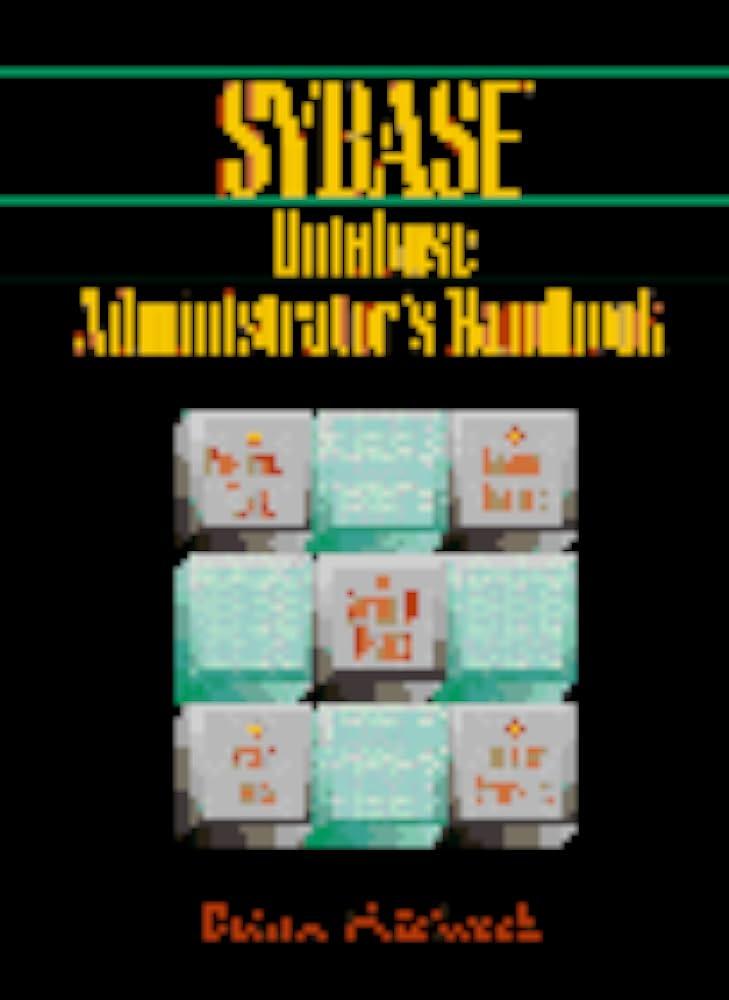Answered step by step
Verified Expert Solution
Question
1 Approved Answer
Hide Assignment Information Instructions A square shaped can be considered to be a specific type of a rectangle. This is a relationship we can
Hide Assignment Information
Instructions
A square shaped can be considered to be a specific type of a rectangle. This is a relationship we can isa where a square isa specific type of rectangle, particularly when all sides are equal. In OOP this relationship is called Inheritance.
The same idea we can follow for a circle, which isa specific type of an oval.
We can also generalize where we can say all circles, ovals, squares and rectangles are different types of shapes.
Hence, shape is a general class. But can you draw a shape without knowing what specific shape you want to draw? thus a shape is what we call in OOP an abstract class that is a class that cannot be instantiated.
However, in the spirit of programming in general, we want to create a shape factory where we can generate random shapes with valid dimensions, ie no negative or zero sides or radius, and keep max dimension to all integers
Furthermore, adding one twist, if we have a canvas object, one can say that the canvas contains shapes or "hasa list of shapes associated with it This is a composition association in OOP, where a canvas contains, or "hasa shapes
Shape is abstract class, and every shape has a unique id an incrementing positive integer Hint: use a static counter variable for this
Step by Step Solution
There are 3 Steps involved in it
Step: 1

Get Instant Access to Expert-Tailored Solutions
See step-by-step solutions with expert insights and AI powered tools for academic success
Step: 2

Step: 3

Ace Your Homework with AI
Get the answers you need in no time with our AI-driven, step-by-step assistance
Get Started


